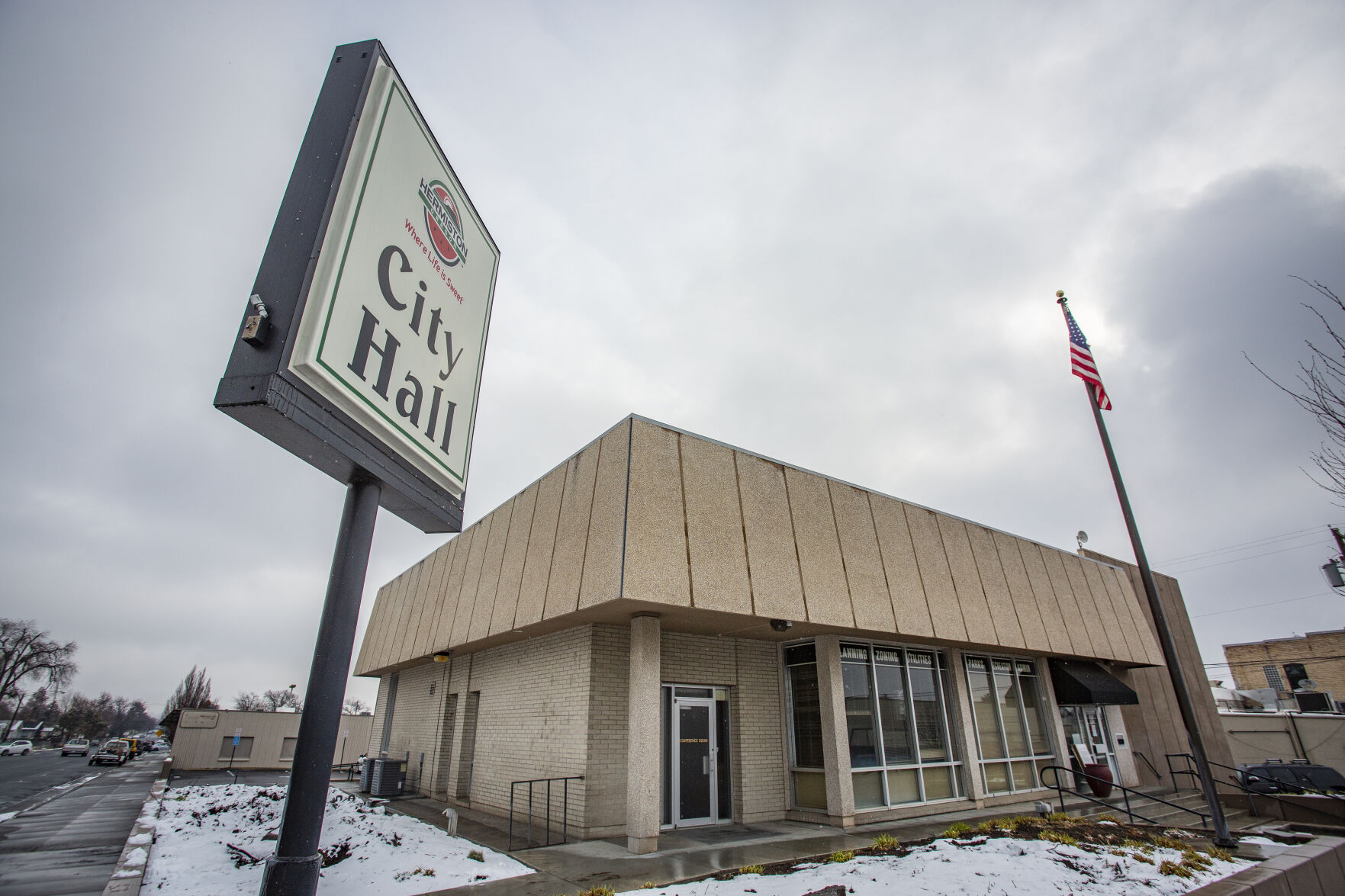Hermiston History: Incinerator project continues in June 1999 at Umatilla Chemical Depot
Published 5:00 am Wednesday, June 12, 2024

- More than 1,300 people were working on the Umatilla Chemical Agent Disposal Facility construction project in June 1999 at the Umatilla Chemical Depot near Hermiston.
25 YEARS AGO
June 15, 1999
The Umatilla Chemical Depot reached two major milestones in the endeavor to erase its chemical weapon footprint.
In celebrating the second anniversary of the start of construction on the project, the Umatilla Chemical Agent Disposal Facility also in June 1999 passed the overall halfway point. Such construction was part of a $15 billion nationwide mission to eliminate old chemical weapons at nine depots safely.
“If you haven’t seen the construction site since last June, it’s changed drastically,” Army Project Manager Raj Mallhotra said. “But we haven’t changed our emphasis on safety and environmental compliance; those are still our top priorities.”
To limit pollution, carbon filters would be used to clean the air in the sections of the building where the chemicals would be cut open. The air would then be cycled through additional banks of the filters before being expelled from a stack.
It was estimated that the incinerator would be finished in February 2001 and begin burning chemicals that October. Once its mission had been completed, the incinerator would then be torn down and the site decontaminated.
50 YEARS AGO
June 13, 1974
Although she seemed to have it all as a successful cancer researcher, Gail Foster decided it was time for a change.
The 27-year-old grew up in Hermiston and attended Oregon State University with the plan of becoming a veterinarian. However, she didn’t restrict herself to a concentrated field of study, taking courses in literature, art, history, genetics, chemistry, zoology and pharmacy.
“School would be a lot more meaningful if I studied pretty much what I wanted to study,” she said.
Foster graduated from OSU with a zoology degree and then enrolled at the University of California, Davis. After several unsuccessful attempts to enter veterinary science schools, Foster decided to work as a laboratory technician and researcher.
She held that job for a few years before returning to Hermiston to work as a brand inspector — becoming the first full-time female brand inspector in Oregon. Although all this hopping around might seem alarming to some, it made perfect sense to Foster.
“I’ve decided it doesn’t really matter what you do for your life’s work as long as you enjoy it,” she said.
75 YEARS AGO
June 16, 1949
• Residents of the Cox addition made their wishes of annexation known at a Hermiston City Council meeting.
Specifically, they requested an election to annex the Cox addition and Morningside Tracts within Hermiston city limits. Mayor Lee Quiring authorized Councilman Gerald White to contact the residents of those two areas and collect their opinions on the matter. The survey results would then be presented at the next city council session to determine the validity of this action.
• Four Seattle men submitted a bid offering for a McNary shopping center.
Gus Carlston, Lynn Hansen, J.H. Sherman and M.R. Sipherd offered 1% of the gross income in addition to the $6,000 annual rental. It was the only bid for the nearly 14,000-square-foot area.
This shopping center would include grocery, meat, drug, clothing, fountain and variety departments. The barber and beauty shops had also received bid offers, including Robert C. Raby, who submitted on both.
With construction completed and bids nearly finalized, the McNary Shopping Center was nearly ready to open its doors.
90 YEARS AGO
June 14, 1934
With a 10,000-gallon gas tank installed, a new gas station would soon be operating.
This tank was located behind the McNaught Building in Hermiston and would store gas for the new cooperative service station. As soon as the tank was covered, equipment and supplies needed to be arranged in the building to prepare it for use.
The Farm Bureau Cooperative of Hermiston had purchased the McNaught Building two months prior and would directly operate the gas station. A contract was signed with the Pacific Cooperative Supply Inc. of Walla Walla to ensure fair competition with independent stations regarding gas and oil prices.
With automobiles becoming more common, this gas station was considered a vital component that would encourage further development of the area.





